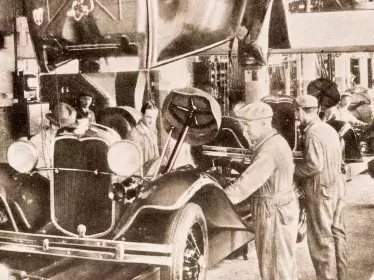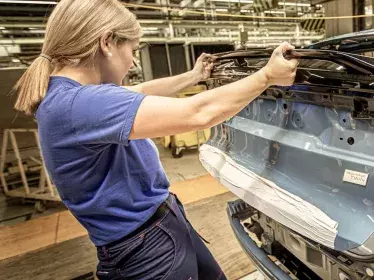Europe acts more than ever as a regulator. This is also the case for the automotive sector, which will face an increased level of constraints in the coming years. In order to fulfil the objectives set out in the European Treaties, the European Union has adopted different types of legislation. Regulations are the most binding legislative acts. They must be implemented throughout the European Union by all countries (and therefore respected by all citizens).

It is the European Commission that prepares and presents new legislative proposals. The automotive sector is no exception to this regulatory process, which is the subject of fierce negotiations. These are held between Europe and lobbyists, but also between Europe and Member States, particularly those who have a developed automotive industry. Among the European legislative priorities that target the automotive sector, the following is important to note:
Pollution and the environment
In the latest legislative package to give substance to the European Green Deal, the European Commission has focused on transport. The European Union is aiming to reduce CO2 emissions by 55% by 2030. Initially, a reduction of 37.5% was agreed, but the European Commission has tightened up this target to 55% by also adding a ban on the sale of new combustion models (petrol, diesel, as well as hybrids) from January 1 2035.The impact of this new regulation is huge for users, who will then need to buy an electric car. However, to date, electric cars are still more expensive than cars with internal combustion engines. This raises the question of social equity. Europe has not provided any type of budget to support this transition. The financial impact shall be borne by the Member States and/or their citizens.
Charging infrastructure for electric cars
With the energy transition and the shift to electric cars, the European Commission has taken steps to develop the network of charging stations along European roads. European authorities have planned to install 3.5 million public charging points by 2030. With this increased supply, motorists should be able to enjoy greater flexibility in their ‘electric’ travel.
Safety
The EU also legislates on road safety and in particular on the general safety of motor vehicles. The European Union has set a goal of zero deaths and zero serious injuries on the roads by 2050. In the latest texts, specific points have been included in relation to vulnerable road users, such as pedestrians and cyclists. Starting in 2022, new systems and technologies will become mandatory for new vehicles. Among other things, these include smart speed adjustment, facilitating the installation of a breathalyser engine immobiliser, black box event data recorders, advanced emergency braking systems, etc. These safety systems will be further enhanced in the coming years, including with some autonomous functions.
Noise
The European Union also regulates car noise emission standards to improve quality of life. This is a sensitive subject since it is extremely complex. Since 2020, the emission threshold has been lowered to 74dB, which has forced manufacturers to intervene, particularly when it comes to exhausts on sports cars. Switching to electric cars will reduce this problem, but it will not completely solve it because the action of the tyres moving is also a source of noise.






